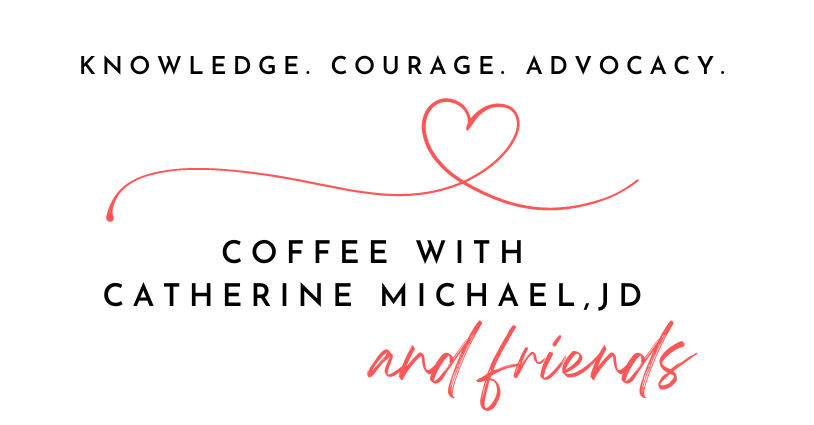
Accommodations.
An “accommodation” is simply a way to make the educational environment accessible, such as the classroom or curriculum, to give your child better access to their education. Accommodations can be provided for a child under Section 504, and they do not need to be qualified for special education in order for accommodations to be provided. IDEA requires that the IEP state “any individual appropriate accommodations that are necessary to measure the academic achievement and functional performance of the child on State and districtwide assessments.” 34 CFR § 300.320(a)(6)(i).
An accommodation does not change the curriculum or the expectations within the class but rather makes an accommodation so your child can access it and learn. Often standardized testing will also include these accommodations.
Sample Accommodations.
One-to-One Supports and Accommodations
Sign language interpreters for students who are deaf
A scribe to take notes and write for the student
An individual to read tests or instructions aloud
A one-to-one aide to provide support and redirection
A one-to-one behavior coach
A one-to-one job or vocational coach
A one-to-one reading intervention specialist
One-to-one weekly review of material with teacher
Pre-teaching of materials
Behavioral Accommodations
Allowing time between requests or instructions for processing
Pass to leave class when needed (hot pass)
Sensory or downtime breaks throughout the day
Headphones or other device to change sensory experience
Changes in lighting or sound to accommodate sensory needs
Recess/lunch accommodations to change sensory experience
Visual schedule
Check in and check out at the end of the day
Notice of transitions or class changes
Social skills groups
Social skills training
Counseling
Adult assistance during lunch or recess for social skills development
Behavior intervention plan
Assistive Technology
Text-to-speech computer-based systems
Augmentative communication devices
Alternative keyboards
Voice recognition software
iPad or similar with picture communication system
Communication devices
Organizational devices
Use of an FM system
Additional Accommodations
Written schedule
Visual picture-based schedule
Visual cues for staying on task
Student will not be called on in class to speak aloud
Daily communication log with parents/homework system
Schedule reenforced throughout the day or placed on student desk
Academic Accommodations
Small group instruction
Use of timer
Extended time on tests
Tests provided orally
Open book tests
Retaking of tests
Highlighting keywords
Allowing student to record instruction
Providing student audio recorder to record instruction
Extended time for homework
Pictures or visual cues
Flash cards
Editing checklists
Checklists for morning/afternoon
Assignment-specific or daily checklists
Graphic organizations with teacher support
Reduced homework (focus on mastery versus amount)
Large assignments broken down for the student
Large-print books and materials
Graph paper for math or writing
Audiobooks
Repeated directions
Word banks for multiple choice questions
Pencil grips
Structured or escorted transitions
Paraphrasing, rephrasing, and summarizing material
Books in braille
Separate area for test taking
Preferential seating for focus, hearing, or visual needs
Quiet study or work areas
Access to resource room for direct instruction
Check in and out at the end of the day for homework
Study guides and teacher notes
Additional Accommodations
Ability to dictate papers to voice recognition software
Extra set of textbooks
Checking for comprehension
Breaking down instructions to one step at a time
Testing at optimal times for student
Chewing gum or using hand toys to improve focus
Assistance with keeping a low distraction work space
Use of a calculator
Use of spell-check and grammar check
No penalty for misspelling
No penalty for handwriting
Multisensory instructions (Ex. student is read the directions, reads the directions, and then explains the directions they were given back to the instructor.)
Multisensory academic instruction (Ex. teacher provides copy of notes, pre-teaches material, asks student about it, and fully engages the student’s visual ability to review the material, auditory system to hear the instruction and oral abilities to engage in the material; and then has the student write about the material that has been covered.)

Modifications.
Modifications are changes in the curriculum that is being provided to your child. This can include the “specially designed instruction” that is part of IDEA. This is done when your child is below grade level or has a learning disability, a cognitive impairment, or other challenges that make it difficult or impossible to learn without these changes.
While accommodations can be provided under a Section 504 plan, modifications can only be provided once a child is qualified for special education.
Modifications are going to be entirely academic in nature because they are changes to the curriculum that is taught in the school. Many modifications consist of changing the materials to instructional level versus grade level. Your child’s instructional level is where they are presently performing and are able to learn. For example, if your child is reading at a fourth-grade level but is in eighth grade, in order to learn science, social studies, and reading, they will need the work to be altered so that they are capable of reading it, understanding it, and making progress from where they are currently performing. A child who is multiple years behind in reading will not be able to make progress if they cannot access or understand the material being presented, and changes will have to be made to assignments, tests, and projects to ensure that they are able to learn these subjects as well.
Sample Academic Modifications:
Waiving foreign language requirement
Instructional (present) level materials versus grade level materials in all classes
Alternative textbooks and reading materials
Alternative assessments
Different homework than peers (instructional level versus grade level)
Instructional level projects
Specialized reading or math classes
Grading modification
Take-home testing

ENSURING ACCOMMODATIONS AND MODIFICATIONS ARE PROVIDED
How do I know for sure if my child’s accommodations are being provided?
Check over your child’s homework and school materials to ensure that the accommodations and/or modification are in fact being given. Email school staff if they are not.
Ask your child’s teacher of record how he or she is ensuring that all staff working with your child has a list of the accommodations or modifications.
If your child is old enough, make sure they are aware of the accommodations and/or modifications they should be receiving in school. Regularly hold conversations on this topic and what is working and what is not.
When you receive your child’s progress report, discuss with your child how their accommodations and/or modifications are helping, and which are being used. If there is one that they don’t need or that isn’t working effectively, make sure to email school staff. If there are additional accommodations and/or modifications that may be needed, ask for a new IEP meeting.

